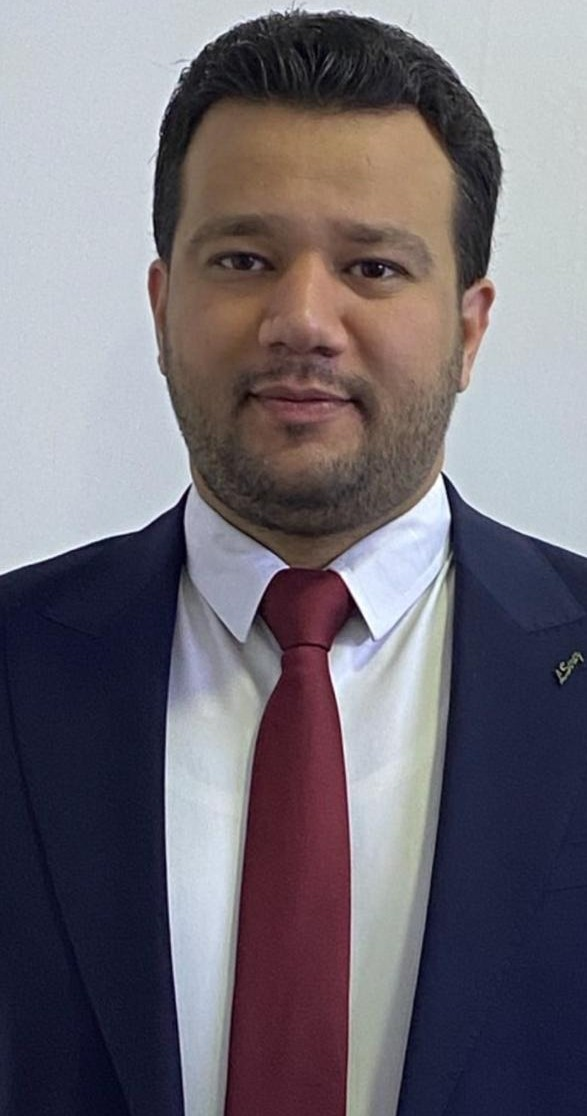Visitors: 31943505 Views
Done By: Department of Prosthetics and Orthotics Engineering
Post Date: 2025-11-14
Last Browse: 2025-11-18

Assistant Professor Dr. Saif Mohammed Abbas from
the Department of Prosthetics and Orthotics Engineering, and Assistant
Professor Dr. Ghanem Shaker Sadiq from the Department of
Mechanical Engineering, have published a research paper entitled: “Optimal mechanical properties of composite material and
pressure socket analysis for through-knee amputation” in the journal Results in Engineering Journal link: The journal is ranked Q1 in both Scopus and
Clarivate databases,
The full article can be accessed through the following link: The study measures the mechanical and fatigue properties of materials used in transtibial prosthetic limbs by employing five groups of composite material layers reinforced with an air-exclusion technique to prevent bubble formation. The yield stress, ultimate stress, and modulus of elasticity increased across different groups as a result of varying the carbon-fiber and fiberglass layers. The fatigue limit for eight layers of Perlon reached 18 MPa, while the fatigue limit increased to 35 MPa and 60 MPa when adding two and four layers of fiberglass, respectively. No failure occurred when adding two and four layers of carbon fiber at a cycle count of 1 × 10⁶, indicating excellent long-term durability and suitability for prosthetic use. The internal pressure between the stump and the prosthetic socket, measured using the F-socket test, reached its maximum at the posterior part of the stump (175 kPa) and the anterior part (160 kPa), which is ideal for patient comfort due to the large calf muscle volume that tolerates higher pressure compared to other walls. The best numerical analysis results for Group E (Perlon and carbon fibers) showed a total deformation of 1.219 mm and a safety factor of 2.995, which is acceptable for medical applications.
(Elsevier – Scopus & Clarivate indexed).
https://www.sciencedirect.com/journal/results-in-engineering
with a Scopus CiteScore of 7.3 and a Clarivate Impact
Factor of 7.9.
https://doi.org/10.12913/https://doi.org/10.1016/j.rineng.2025.107525